26 Science Projects for Spring
Celebrate spring with these free science and engineering lessons, projects, and activities for enriching hands-on STEM related to spring weather, flowers, plants, and more!
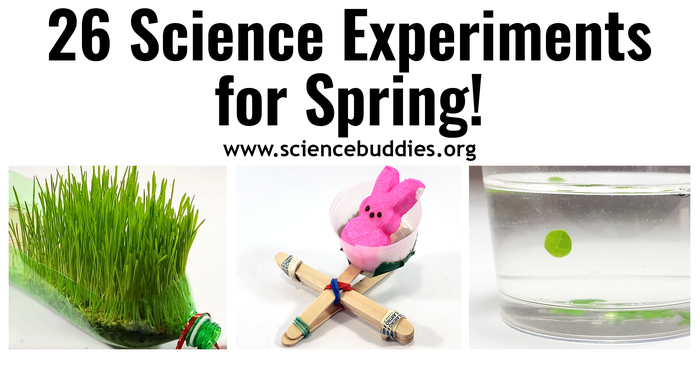
STEM Activities to Explore Spring Themes to Science Class
After the winter months, the return of spring brings fresh patterns of weather, animal behavior, plant growth, and more. There are plenty of opportunities for students to explore science with activities related to spring!
- Spring is a Season
- Birds
- Wind and Rain
- Rainbows
- Plants and Flowers
- Worms and Insects
- Eggs
- Other Experiments
Note: Science Buddies Lesson Plans contain materials to support educators leading hands-on STEM learning with students. Lesson Plans offer NGSS alignment, contain background materials to boost teacher confidence, even in areas that may be new to them, and include supplemental resources like worksheets, videos, discussion questions, and assessment materials. Activities are simplified explorations that can be used in the classroom or in informal learning environments.
Spring is a Season
If you teach younger students, you might teach about the seasons and their characteristics. The arrival of spring is a good opportunity to talk about seasons.
1. What Season is This?
What happens during spring? With the What Season Is This? lesson, students explore weather patterns and other changes common to each season.
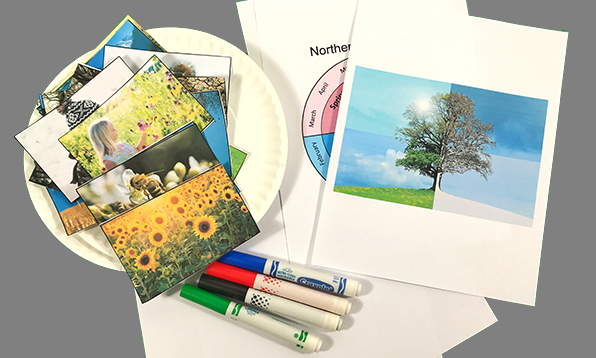
Note: For additional lessons and activities related to teaching about seasons, see Seasonal Science: The Reasons for the Seasons, Birthday Season Weather Report, Kinesthetic Astronomy: Longer Days, Shorter Nights, and How Sunlight Warms the Earth.
Birds
After flying to warmer places for the winter, many species of birds return in the spring, build nests, and lay eggs. These STEM activities pair nicely with learning more about bird behavior, nutrition, and habitats.
2. Build a Bird Nest
Bird nests are often tucked away out of sight or up high, but not all birds build nests in trees! In the Build a Bird Nest activity, students learn about the many types of nests birds build and why different birds build nests in different locations. As students think about the reasons for these differences, they also build their own model bird nests using natural materials.
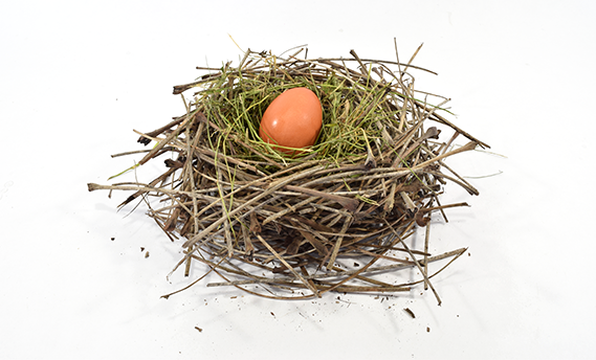
3. Build a Bird Feeder
Welcome returning birds with a homemade feeder! In spring, birds will be more able to find sources of food, but a bird feeder can be a great way to invite birds closer for observational study. Students can experiment with types of seed or the design of the feeder to see how important different variables are in successfully setting up a feeder that attracts local birds. In the Build a Bird Feeder to Study Birds activity, students build their own bird feeders from craft and recycled materials. These feeders help students discover the types of birds in the area and what types of bird food they prefer.
Tip: For a related discussion about setting up a science or engineering design project to increase the number of birds who come to your backyard, see the Which should you choose? Scientific Method versus Engineering Design Process video.
4. Raptor Migration
The migration patterns of many species of birds fall in line with changing seasons. In the Using Empirical Data in the Classroom: Raptor Migrations! lesson, students learn about bird migration and explore questions about how bird behaviors change with the seasons. This lesson helps students see how organisms are connected within and across ecosystems. (For additional student science projects related to birds, see 10+ Backyard Bird Science Projects.)
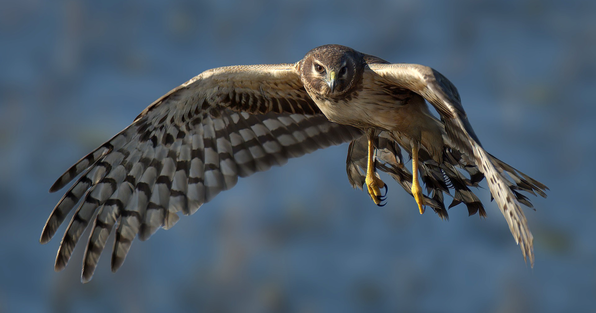
Wind and Rain
April showers bring May flowers, as the saying goes! Spring is often characterized by wet and windy weather. Students can learn more about meteorology and weather science with the following experiments and activities.
5. Track Rainfall
Spring may bring lots of rain, but how much rain really falls? Using a rain gauge is one way to keep track of rainfall! In the Make a Rain Gauge to Study Precipitation lesson, students learn about the importance of measuring precipitation, explore the function and design of a rain gauge, and then make their own. With "rain" from a hose or homemade "rain maker" watering cans, students can test their rain gauges and investigate to find out if rain gauges of varying sizes record the same amount of rainfall. (Tip: If it's possible to set a rain gauge up outside the classroom, we suggest having students monitor the amount of precipitation collected over the remainder of the school year!)
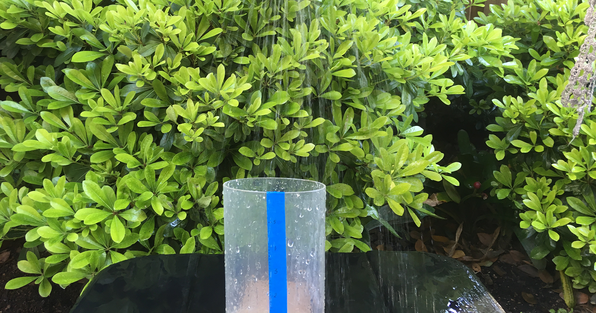
6. Mini Water Cycle in a Bag
Where does all the rain go? Students may learn about major phases of the water cycle from a song, but the Make a Miniature Water Cycle Model activity helps put the water cycle into action in a way they can see firsthand. With a miniature water cycle model made in a plastic bag, students can see how water moves in and out of the atmosphere in a cycle of precipitation, evaporation, and condensation. The model also enables discussion about how the water cycle includes water that soaks into land, runs off mountains, and gets absorbed by plants. Explanatory information covers infiltration, transpiration, sublimation, and surface runoff.
Related: In the NGSS-aligned Make a Water Cycle Model lesson, students learn about the water cycle and how it is powered by energy from the sun and the force of gravity. Building a larger physical model of the water cycle in a transparent box and using a lamp as a heat source, students observe evaporation, condensation, precipitation, infiltration, and surface runoff.
Explore more: For additional lessons and activities, see 11 Activities to Teach Water Cycle Science.
7. Make an Anemometer
When talking about wind, meteorologists measure and quantify based on the speed of the wind. In the Make an Anemometer to Measure Wind Speed lesson, students build anemometers (wind speed meters) with paper cups and straws and then experiment to see how the spinning of an anemometer can be used to monitor wind speed.
8. Make and Fly a Kite
Windy spring days are great for learning about aerodynamics and flying kites! Use the How Tails Help a Kite to Fly activity to design and make simple sled kites. Students can then head outside to fly their kites and investigate to see if tails help kites fly. (Tip: To see this activity in action, see Taking Flight: Doing Fun Science at Home during School Closures.)
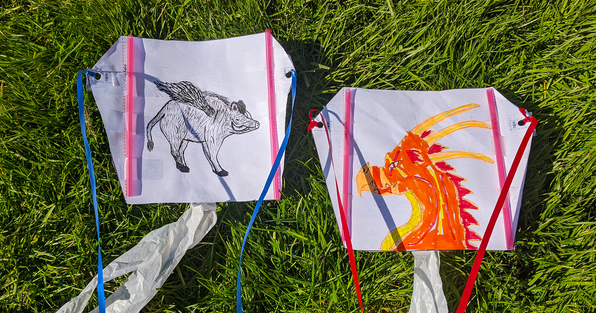
9. Make a Wind Vane
Knowing how strong the wind is blowing is one thing, but from which direction is the wind blowing? In the Wild Wind! Making Weather Vanes to Find Prevailing Winds lesson, students learn about global, prevailing, and local winds and make wind vanes out of paper, straws, and soda bottles. They then monitor local winds and use their data to complete a Wind Rose diagram that helps show prevailing wind direction.
10. Wind Turbine
Use the Make the Wind Work for You! project to make a small model wind turbine to explore how wind can be used to generate energy. Experiment to find out which rotor (blade) design produces the most energy.
11. Rain Garden
Make a model rain garden with the Fight Flooding and Pollution with...a Garden?! project and experiment to see how these gardens can stop flooding and help fight pollution.
Rainbows
After spring rain showers, you might see rainbows stretching across the sky. How many colors will you see? What order are the colors in and why? What causes a rainbow? A simple rainbow has a lot of physics to explore!
12. Colors of a Rainbow
What does the wavelength of visible light have to do with the colors of a rainbow? In the How Many Colors in a Rainbow? activity, students experiment with creating rainbows using a pan of water, the sun, and sheets of colored paper. Refraction of light creates the colors we see in a rainbow. In this activity, students create rainbows, learn about the refraction of light, and investigate the colors they see.
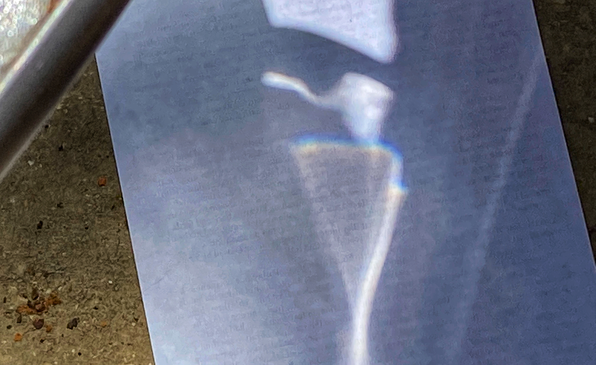
Note: For more lessons about the physics of light, see 16 Science Projects and Lessons About Visible Light.
Plants and Flowers
Plants and flowers start growing again as temperatures warm, and many gardens and crops are planted in the spring.
13. Plant Needs
With the Doctor, What Does My Plant Need? lesson for early elementary school, students learn about four variables plants need to survive. Role-playing a meeting between a plant scientist and a plant owner, students try to uncover what may be wrong with an unhealthy plant.
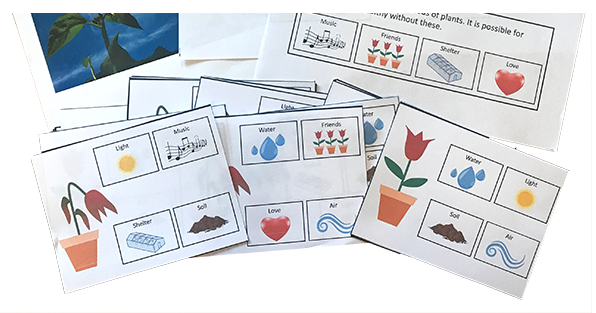
14. Water Moves Through Plants
With the Water Transport in Plants elementary school lesson, students use flowers (or celery) and colored water to observe how water moves through a plant. (An activity version is also available.)
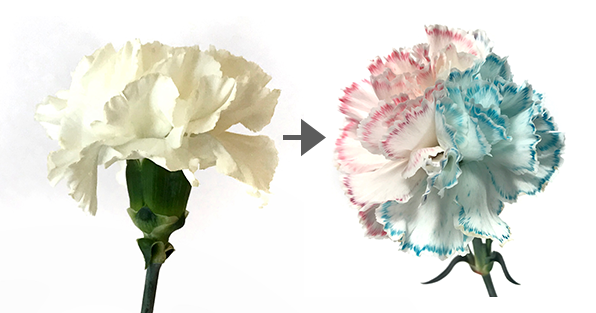
15. Flower Colors
What pigments make up the vibrant colors of spring flowers? With the Springtime Science: Exploring the Pigments in Red Flowers activity, students use paper chromatography to investigate the individual color pigments in flower petals. For a more in-depth experimental procedure, see the Reveal the Red: Exploring the Chemistry of Red Flower Pigments student project. (Note: for students interested in using paper chromatography for an independent science project, the Candy Chromatography Kit is available and can be used for leaf, candy, flower, and marker projects.)
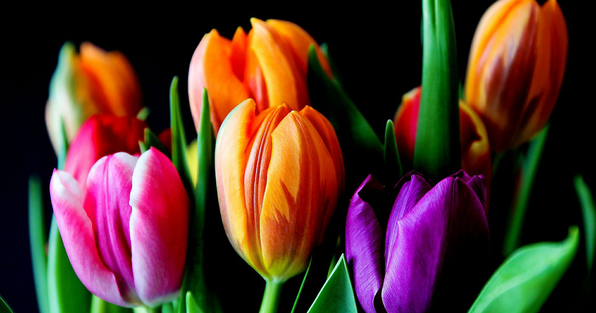
The video below shows how chromatography can be used to investigate the colors in leaves, a process similar to the one used for the flower colors activity.
16. Photosynthesis in Action
Through photosynthesis, plants convert light, carbon dioxide, and water into the oxygen and sugars they need for energy. In the Measure Photosynthesis with Floating Leaves activity, students conduct a floating leaf disk experiment that lets them see the production of oxygen during photosynthesis. For NGSS-aligned lessons to explore photosynthesis, see the two-part Study Photosynthesis with the Floating Leaf Disk Assay middle school lesson plan. In Part 1, students use a floating leaf disk assay to demonstrate the production of oxygen gas during photosynthesis. In Part 2, students experiment to see how different variables affect the rate of photosynthesis in plants. For an elementary school lesson, see Plant Cycles: Photosynthesis & Transpiration.
17. Plant Pollination
With the Flowers Seeking Pollinators lesson, students learn about plant reproduction and use real data to find out which flowers get the most attention from different pollinators.
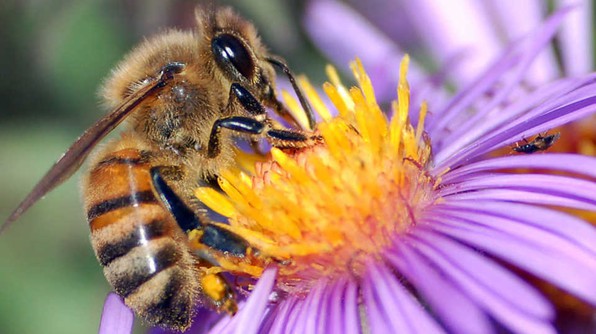
"European honey bee extracts nectar" by John Severns
Note: For additional experiments and activities, see 15+ Plant Science Activities and Lessons.
Worms and Insects
As temperatures warm up, you may notice increased activity among various bugs, insects, and worms. With insects and worms in mind, students can experiment with the following projects and lessons.
18. Model the Butterfly Life Cycle with Code
In the Butterfly Algorithms lesson, students use the life cycle of a butterfly as the basis for exploring computational thinking. Students create an algorithm to model the life cycle of a butterfly and then write the algorithm as a program for a computer.
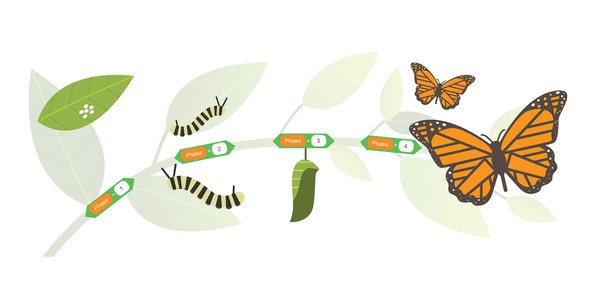
19. Invent an Insect
In the Invent an Insect lesson, students learn about insect adaptations and then invent their own new insects designed to live in a specific environment.
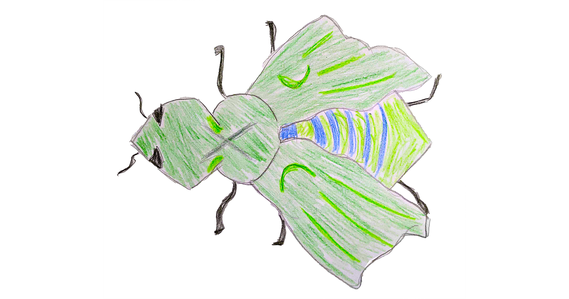
Note: For related projects and lessons, see 18 Animal Science Lessons and Experiments.
20. Worm Observation
In the Worm Observation activity, students set up an observation container where they can study the behavior of earthworms.
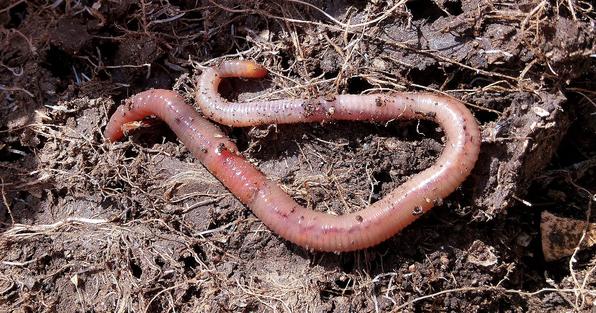
Note: For other related experiments and activities, see Bug and Insect STEM Roundup and Teach About Biodiversity with Free STEM Lessons & Activities.
Eggs
While many species do lay eggs in the spring, eggs as a "theme" is also common in spring months with Easter celebrations and traditions. These activities help connect hands-on science with egg-related traditions.
21. Molding Eggs in Different Shape
Square eggs? Hard-boiled eggs are commonly ovoid. When peeled, they have the same shape as the raw egg. With the Shaping Hard-boiled Eggs activity, students experiment with molding eggs into different shapes. What shapes work well? What is the most important variable in making an egg conform to a new shape? For added inspiration, see Wacky Tricks: Doing Fun Science at Home during School Closures (Activity #7).
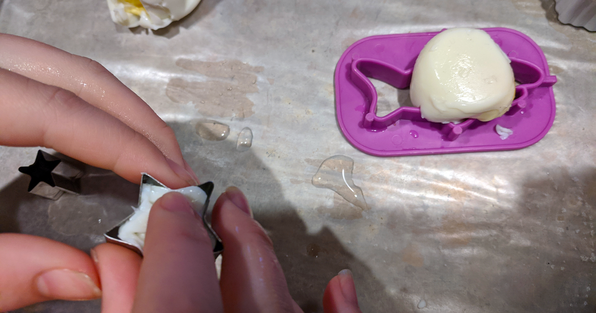
22. Baking Soda Egg Rockets
Combining baking soda and vinegar is a classic chemistry experiment to explore chemical reactions, and the Launching Homemade Baking Soda Rockets activity contains directions for using the reaction to launch small film canister rockets. With a bit of creative thinking, this same principle can be applied to make and launch plastic egg rockets. How high can a baking soda rocket fly?
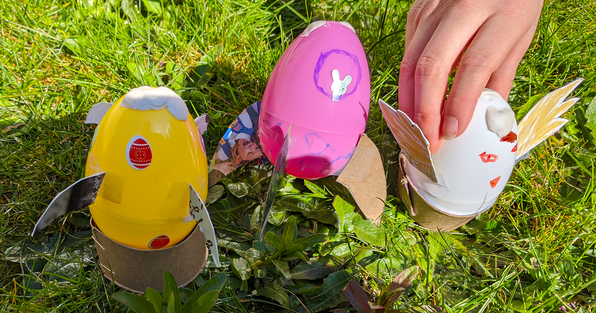
23. Tie Dye Easter Eggs
Using tablets of colored dye isn't the only way to dye Easter eggs! The Dye Eggs Using Silk Ties for Egg-cellent Colors activity guides students in using silk ties to dye eggs. Students investigate the chemical reaction involved and the role vinegar plays in transferring the color in the acid dyeing process. For a more in-depth student science project, see Dye Eggs Using Silk Ties for Egg-cellent Colors. Be inspired! See this student success story.
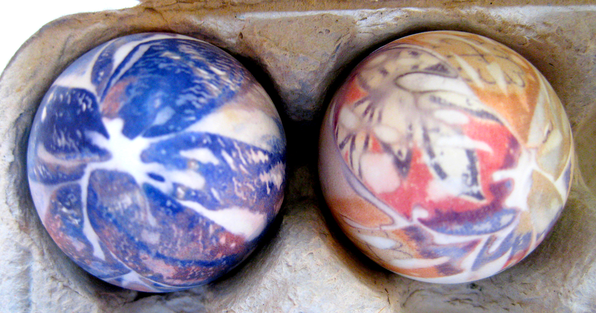
Note: For additional experiments and activities, see Egg Science Projects for K-12 Students. For other Easter-themed STEM connections, see:
Other Spring-themed Experiments
24. Peeps Science
Peeps® candies are popular in spring months, and no spring STEM collection would be complete without our roundup of fun activities you can easily do with students using Peeps. See 5 STEM Activities with Marshmallow Peeps for five science experiments that are easy to plan and execute.
25. 3D Printing with Icing
With the 3D Print with Icing: No 3D Printer Required! activity, students can "3D print" small spring-themed shapes (or "parts") using colorful royal icing. This activity helps students understand the way 3D printers build up ("print") shapes layer by layer. (For another activity to simulate the additive process of 3D printing, see 3D Print with Sand: No 3D Printer Required!.)
26. Calculate the Earth's Circumference
Measuring the circumference of the Earth without any high-tech equipment may sound impossible, but Eratosthenes used geometry and shadows to do this many, many years ago. In the Measure the Earth’s Circumference with a Shadow activity, students repeat the process and use a shadow to calculate the Earth's circumference. Note: This experiment needs to be conducted within two weeks of the fall or spring equinox, when the Sun is directly overhead at the Earth's equator.

Explore More
For STEM lessons and science activities related to other seasons, see 19 Fall Science Activities and Winter Science Projects, Lessons, and STEM Activities. See also, 17 Weather Science Projects and Lessons.
Science Buddies Lesson Plans are NGSS-aligned.
Thematic Collections
Collections like this help educators find themed activities in a specific subject area or discover activities and lessons that meet a curriculum need. We hope these collections make it convenient for teachers to browse related lessons and activities. For other collections, see the Teaching Science Units and Thematic Collections lists. We encourage you to browse the complete STEM Activities for Kids and Lesson Plans areas, too. Filters are available to help you narrow your search.
Categories:
You Might Also Enjoy These Related Posts:
- Spring Science Projects: 26 Science Experiments for Spring
- 6 Picks for St. Patrick's Day STEM
- Why Do Science Projects: Elevate Your Science Classroom: Taking Independent Student Science Projects to the Next Level
- Free science project support in the Ask an Expert forums
- Ahead of the Curve: A Science Teacher's Guide to Proactive Science Project Planning
- 2024 Rubber Band Car Engineering Challenge—10 Steps to Success
- Why Integrate Science Projects in the Classroom—A Teacher's Perspective
- 10 Reasons to Do the Rubber Band Car Engineering Challenge




















